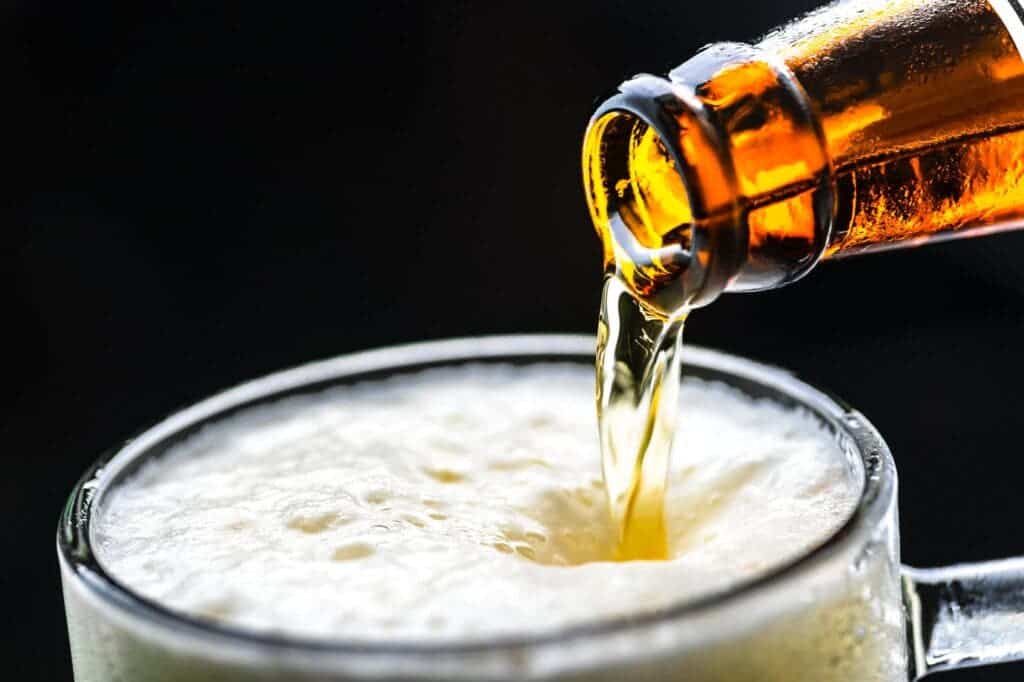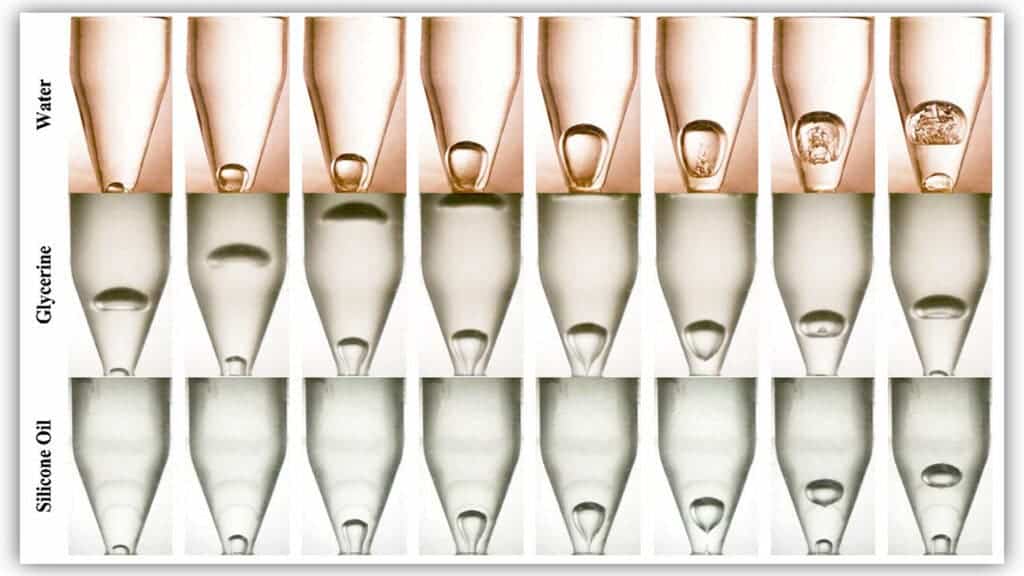At some point, all of us have watched a bottle get empty while pouring a drink. It’s just something normal that we do without overthinking it much, hoping to enjoy the beverage as soon as possible – especially on a hot summer day.

A group of researchers from the Indian Institute of Technology Roorkee has just discovered how to make bottles empty faster, which may seem trivial but actually has wide-ranging implications for many areas beyond the beverage industry.
For decades, studies have looked at the use of bubbles. Even Leonardo da Vinci observed the rise of bubbles in a pool. The growth dynamics of bubbles at the mouth of a bottle depends on the thermophysical properties of the fluid, the bottle geometry, and its angle of inclination. Taking advantage of the previous investigations, the researchers Lokesh Rohilla and Arup Kumar Das decided to explore further the bottle-emptying phenomenon, now from the perspective of bubble dynamics on a commercial bottle, by using high-speed photography.
They used image analysis to conceptualize various parameters, such as liquid film thickness, bubble aspect ratio, rise velocity, and bottle emptying modes. “Bubble dynamics inside the bottle are too complex to study, so we divided the bubble interfacial growth into different stages to comprehend them,” said Rohilla in a statement.
If you ever poured a drink, you are likely aware that the bottle empties faster if you angle it more. Doing so increases what’s known as bubble pinch-off frequency, and the relative increment depends upon the thermophysical properties of the fluid, the researchers said.

The experiments done by Rohilla and Kumar suggested there’s a critical angle of inclination of bottles, after which a further increase in the inclination won’t lead to the bottle getting empty faster. “This occurs due to the saturation of the voidage, space occupied by air within the surrounding liquid, at the bottle’s mouth with the angle of inclination,” Rohilla explained.
Rohilla and Kumar identified two distinct bottle-emptying modes. In one, the discharge rate is increased due to a high-frequency pinch-off of air bubbles inside the bottle. In the other one, it is caused by an increase in the volume of the pinched-off bubble at a comparatively lower frequency.
“We’ve also observed an encapsulated bubble while discharging fluid in a vertically upended bottle,” Rohilla said. “Encapsulated bubbles have pinched off-sites outside the bottle mouth, contrary to intuition. The presence of a violent ejector jet within inviscid fluids, in which liquid becomes thin due to almost no internal friction, and its complete absence within viscous fluids control the periodicity of the bubbles.”
This work proves that bottle geometry and thermophysical properties play a role in reducing the time it takes for a bottle empty. “We can manipulate the bottle discharge pattern by manipulating bottle geometry,” said Das. “An intuitive product-specific bottle design will enable better control of its discharge rate.”
The beverage industry and chemical plants are among the applications that could benefit from this better understanding of bottle geometry, according to the researchers. The findings could even lead to new designs of bottles that allow pouring a drink much faster and efficiently.
The study was published in the journal Physics of Fluids.









